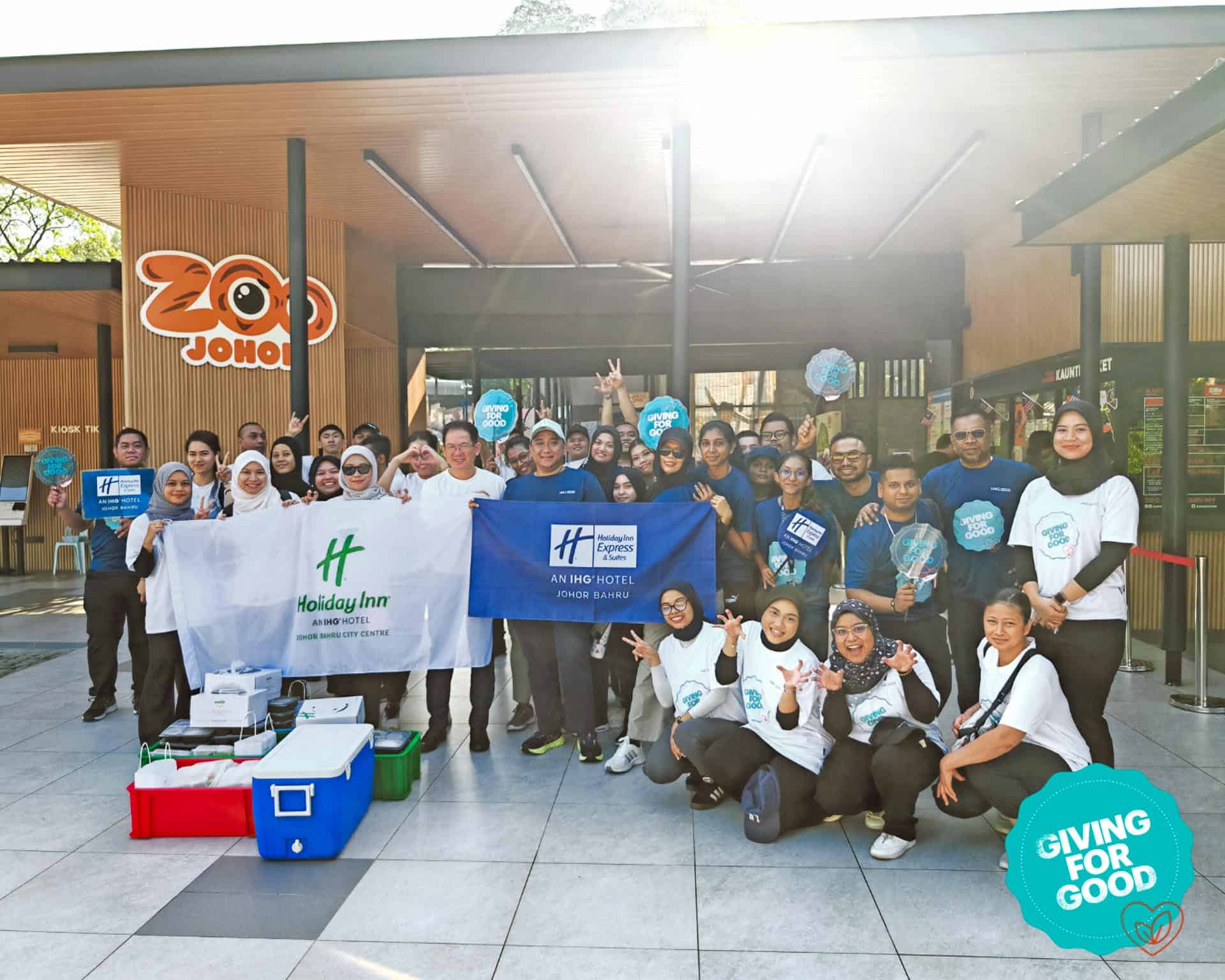
By John Jose, Marketing Director
Tetra Pak Malaysia, Singapore, Philippines, and Indonesia

In the vibrant tapestry of Southeast Asia, tea isn’t just a drink — from Malaysia’s bold Teh Tarik to Vietnam’s delicate Lotus Tea, each sip carries the region’s rich history. These aromatic brews symbolise unity and love for tea worldwide. With options ranging from bold black teas to delicate green teas, there’s something to suit every taste. The demand for unique tea experiences is as strong as the brew itself, reflecting the region’s love for this beverage.
The beauty of tea lies in its adaptability. By blending various tea types, we open the door to a world of new taste experiences. From a refreshing and invigorating blend of jasmine green tea infused with a touch of lemongrass, or a comforting concoction of black tea accented by warming spices like ginger and cardamom. The possibilities are endless, especially when we introduce unique regional flavours in Southeast Asia such as mango and passionfruit. This creates beverages that are not only delicious but also uniquely reflective of this vibrant part of the world.
More than Just Tea
Today’s consumers are increasingly drawn to beverages that offer more than just taste – they want functional benefits too. This trend has led to the integration of various functional ingredients such as vitamins, minerals, and botanical extracts into teas, addressing specific health needs. These targeted teas cater to the evolving demands of health-conscious consumers.
Tea consumption is also known to have a myriad of health benefits, this has been highlighted by nutritionists across the globe. For example, recent studies even show that green tea, is rich in antioxidants called catechins, linked to a reduced risk of heart disease and improved cognitive function. Furthermore, herbal teas, like chamomile and peppermint, are known for their calming properties, promoting relaxation and aiding digestion.
Zhi Ling, a nutritionist with a Master’s in Science (Community Nutrition) states “By serving tea at the right temperature and with minimum usage of nutritive sweeteners, every additional cup of tea consumption is linked with lower risk of stroke or death from heart disease.[1] Another study suggested that consuming 2-3 additional cups of tea a day may provide the same beneficial effect too.[2] These health effects of tea could be due to flavonoids found in different types of tea. Flavonoids like theaflavins in black tea and catechins in green tea act as antioxidants in our body to fight off free radicals that damage our cells and DNA.”
The Future of Tea Consumption
Unlocking consumer preferences is pivotal in navigating today’s dynamic market landscape. Market research can help identify trends and preferences within specific demographics, shedding light on the evolving preferences of different consumer groups. For instance, younger demographics are showing increased interest in tea due to heightened health consciousness and social media influence. Recognising and catering to these shifts is essential for tea brands to tailor their product development strategies effectively.
According to a Tetra Pak report, Gen Z and Millennials are poised to shape the future of the tea market. Together, they represent over half of the population in Malaysia, Singapore, Philippines, and Indonesia (MSPI). Tetra Pak’s research has revealed that the consumption habits of Gen Z and Millennials are heavily influenced by their lifestyles. Understanding their unique mindset and consumption behaviour is key to unlocking the true growth potential of the tea industry.
“The tea consumption behaviour shifts as purchasing power moves towards Gen Z and Millennials. They are willing to pay more for higher quality tea and are willing to accept new flavour combinations. Another obvious change is that as Gen Z and Millennials are more inclined to choose non-alcoholic beverages, so sparkling tea or tea-based mocktails consumption is also on a rise,” said Zhi Ling.
The Rise of Ready-to-Drink Teas

We are also witnessing an increase in the RTD (Ready to Drink) teas popularity, driven by Gen Z and Millennial consumers. Gen Z and Millennial consumers are a dominant force for consumption in Southeast Asia. They make up over half of the population in Malaysia, Singapore, the Philippines, and Indonesia. But what exactly do these generations seek from RTD tea?
Tetra Pak’s research sheds light on how generational preferences influence their desires. These consumers prioritise both taste and health benefits when it comes to their beverage choices. The airtight packaging of RTD teas ensures the preservation of flavour and aroma, delivering a consistent high-quality experience and freshness of the beverage. Additionally, the inclusion of functional ingredients caters directly to the health-conscious preferences of the target audience.
Catering to the fast-paced lifestyle of these consumers, RTD teas provide a convenient solution for enjoying tea’s revitalising effects on the go. Adding essential vitamins, minerals, and functional ingredients, aligns with consumers’ health-conscious preferences. This harmonious blend of convenience, taste, and nutritional value has positioned RTD teas as a favoured choice among today’s discerning consumers, reflecting their dynamic approach to wellness and on-the-go lifestyles.
Zhi Ling said, “This group of consumers value mental, physical, and environmental health. There is an increase in demand for tea with lower sugar content, tea with dairy-free options or even tea infused with flavour-packed ingredients fruits, ginger, flowers, that may also carry other potentially beneficial nutrients or antioxidants.”
As Southeast Asia’s tea culture evolves, one thing remains constant: the enduring love for this versatile beverage. With Gen Z and Millennials leading the charge for convenience, health, and sustainability, brands must adapt. It’s time to explore ways to meet these consumer preferences and engage with industry experts to shape the future of tea.